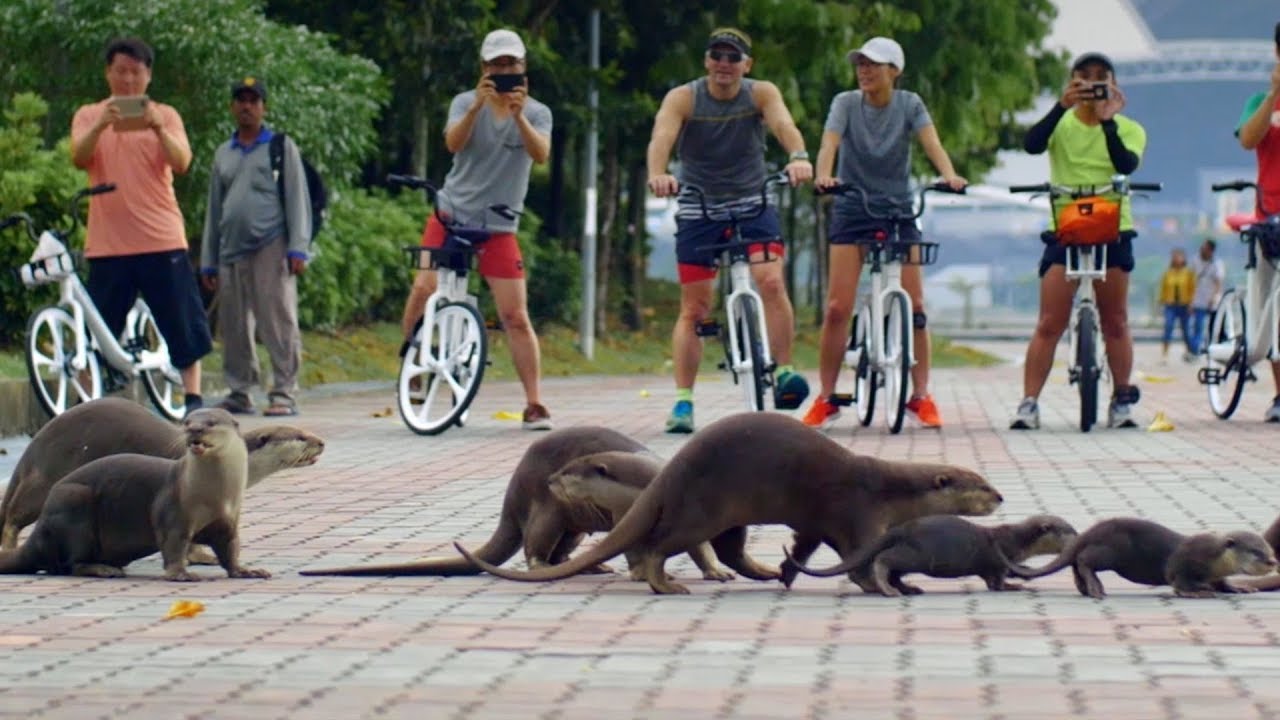Active Coexistence With Wildlife
When humans coexist with and avoid persecuting wildlife, we pave the way for greater acceptance and protection of all things wild.

Co-existence is a slippery notion. One could interpret it to simply refer to the sharing of space without relation of its entities to each other or view it as much more than the act of sharing but to take deliberate action designed to benefit wildlife.
In the rapid pace of urban change and the horizontal character of automobile-based urbanism, humans have changed the landscape and have to cope with environmental conditions left in the wake of deindustrialization. We have created a new habitat for ourselves and carved out new, but not necessarily available habitats for wildlife. While some species disappear altogether, others have figured out how to adapt and survive in a human-altered landscape. Against the odds, certain wild animals have been able to make a comeback and find their way into our inner-city networks. From traffic-stopping wild boars in the Central Business District of Hong Kong, to Singapore’s otters who have an expensive taste for koi in private fishponds, these examples are held up as a stark juxtaposition of wildlife and urbanity co-existing together.

Landscape architects have always sought to design ecologically informed urbanism, focusing on increasing positive relations between humans and wildlife. However, growing populations of wildlife are sometimes portrayed as a problem when negative interactions between humans and wildlife occur. It does not take long for people to instead, center their attention on setting unhealthy boundaries, or go about the contentious practice of culling.

So how do we address “land-sharing” versus “land-sparing” when it comes to exploring ways to keep risks of conflicts in shared landscapes to tolerable levels? With any ecosystem, understanding is the first step towards protection. There must be a shift in public mindset that wildlife has complex cycles of interactions between available space, people and food, and these cycles should be sustained instead of being forced into isolation from the wider ecosystem

Even the smallest of changes can help mitigate the shortcomings in communication we may have with the public regarding active coexistence. For example, while cities were in lockdown, people have begun to notice that the sight of overgrown grasses and wildflowers on sidewalks were not only pleasing to the eye but correlated with an increase in pollinators such as butterflies and bees. Hence, just a simply calling for less frequently maintained grassy areas will allow for an increase in biodiversity of grasshoppers, dragonflies, and birds to thrive in the interim spaces of the city. Manicured fields and lawns in parks are overly groomed and discourage wildlife from inhabiting the space due to lack of cover, shelter, and appropriate plants and food needed for sustenance. It is often no wonder that wildlife has wandered into the city in search of food and in some cases, people readily try to feed them.
Active coexistence goes beyond addressing human-wildlife conflicts. It is advocating for the use of softer measures like educating the public about interaction with wild animals and the use of sterilization over culling. In many ecological landscape projects, a balance of techniques is applied, such as using vegetative barriers to minimize interaction and establishing wildlife corridors to increase habitat connectivity. The perceived problem of overpopulation of certain species will naturally balance out once the species has reached the carrying capacity of the ecosystem. Until then, when we avoid the persecution of wildlife and recognize that we must share land we have taken in the first place, we pave the way for greater acceptance and protection of all things wild.
About the Author
Crystal Cheng graduated from the Technological and Higher Education Institute of Hong Kong with a Bachelors degree in Landscape Architecture. During her stay in Hong Kong, she was awarded the HKSAR Government Outstanding Performance Scholarship in 2019 and was actively involved in the Hong Kong Institute of Landscape Architects, where she served as Vice-Chair of its Young Landscape Architects' Group and represented the institute on multiple occasions. She is currently one of the pioneer leaders of IFLAAPR's Young Landscape Architects' Alliance, and will be undertaking her Masters in Urban Design with the National University of Singapore this year. |

